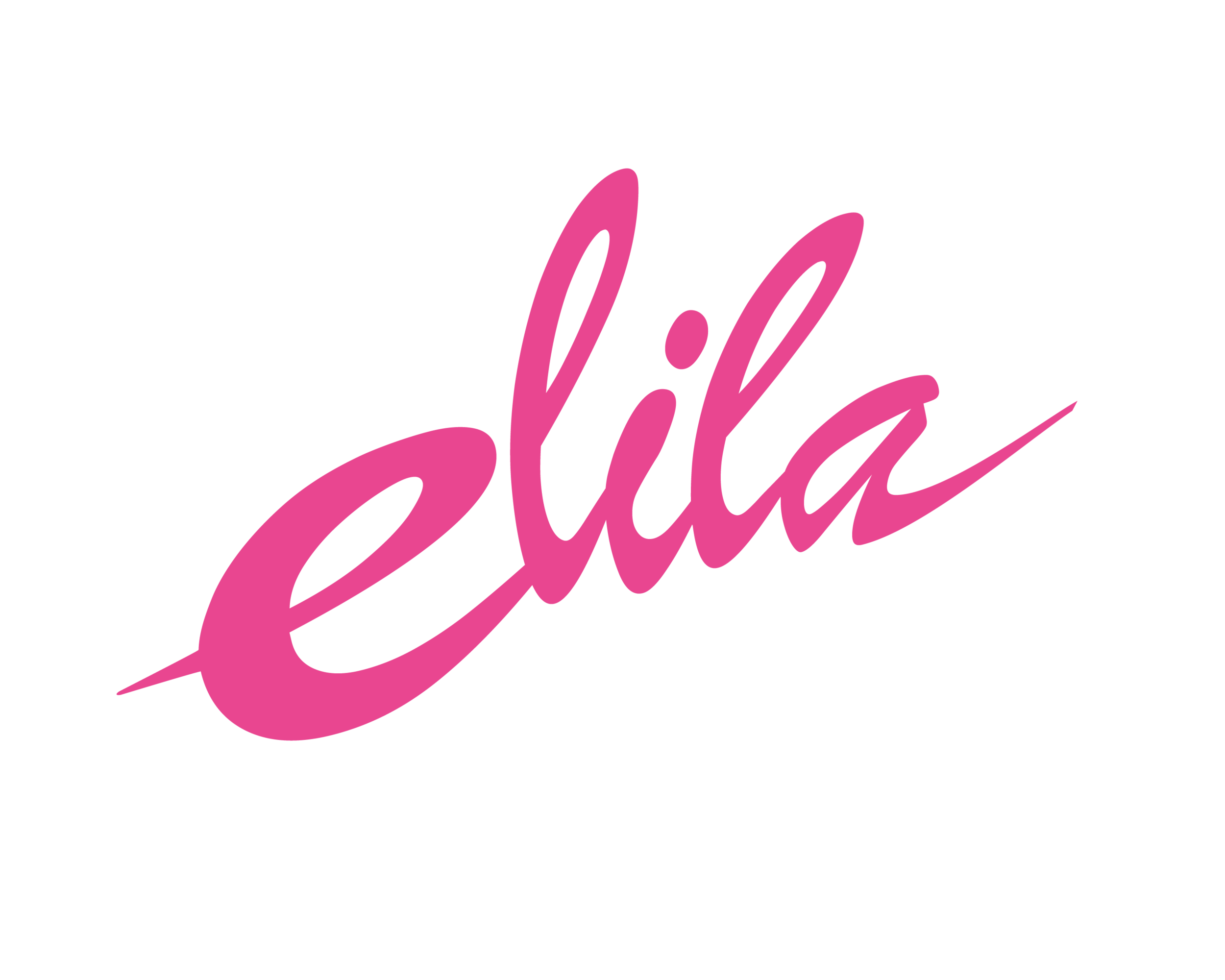Should We Always Fit on the Loosest Hook? A Lingerie Designer’s Insight
When fitting a bra, a common guideline suggests starting on the loosest hook to account for stretch over time. But should this always be the golden rule? The answer lies in recognizing the diversity in human bodies and understanding that, as with many things in life, there are exceptions.
Embracing Imperfection in Fitting
Bodies are not perfect. Neither are bras, measurements, or even the fabric that shapes these garments. The fitting process is more than a formula; it’s an art that requires attention, patience, and an understanding of the factors affecting comfort and fit:
Tissue Density Varies: Some individuals have denser breast tissue, while others have softer tissue that shifts more easily.
Unique Body Shapes: Bodies come in countless shapes and sizes, impacting how bras sit and perform on different wearers.
Fluctuations Due to Menstruation: Monthly hormonal changes can affect both the size and sensitivity of the skin, altering the fit.
Comfort Over Convention
It is not acceptable to squeeze someone into a too-tight bra in pursuit of adhering to a guideline. An uncomfortable fit is more than a mild inconvenience; it can lead to physical discomfort and an overall negative experience for the wearer. Comfort should always be the primary consideration, even if that means deviating from the standard advice.
The Reality of Bra Bands and Hooks
The classic rule of starting on the loosest hook makes sense as bras do stretch over time. However, it’s essential to adjust this advice when:
The Tightest Hook Is Best: Sometimes, a bra may fit best on the tightest hook. If moving down a band size results in a fit that pulls the cups outward into an "east vs. west" position, that’s a clear sign to stick with the larger band. It’s about finding the size that holds the wearer securely without sacrificing comfort.
The Middle Hook as a Balance Point: The middle hook can provide a balanced fit when the fabric stretch and the position of the cups and band align well. It’s an excellent option for those whose bodies (which is most) fluctuate throughout the day. Often, the discomfort prompting someone to take off their bra after getting home is due to natural bodily changes throughout the day. The hook position that felt comfortable in the morning may feel tight by the afternoon, highlighting the importance of flexibility in hook use..
Checking the 2-Finger Rule: Use the 2-finger method to ensure that the band isn’t too tight. The fit is likely correct if you can comfortably slide two fingers between the band and the skin.
Wearing FIrm Support Bras: When wearing a firm support bra, which is a bra with a strong powernet, always hook the bra where it fits best, not where a status quo will cause you to lose the opportunity to make someone feel comfortable and supported.
Adaptability Is Key
Bras are adjustable for a reason. They are made to accommodate changes in body size, fabric stretch, and varying personal preferences. Most wearers don’t meticulously check which hook they’re using every time they put on their bra. They naturally fasten it where it feels most comfortable and supportive.
Final Takeaway for Fitters
As lingerie retailers and fitters, your role goes beyond following fitting rules; it’s about understanding and adapting to individual needs. Prioritize the wearer's comfort and the overall fit of the bra. Utilize every tool available—from different hook settings to adjusting the band size—to find that balance where support meets comfort. The key is flexibility and listening to what the wearer's body is telling you.
Comfort, support, and adjustability make for a well-fitted bra that celebrates the uniqueness of every body.
